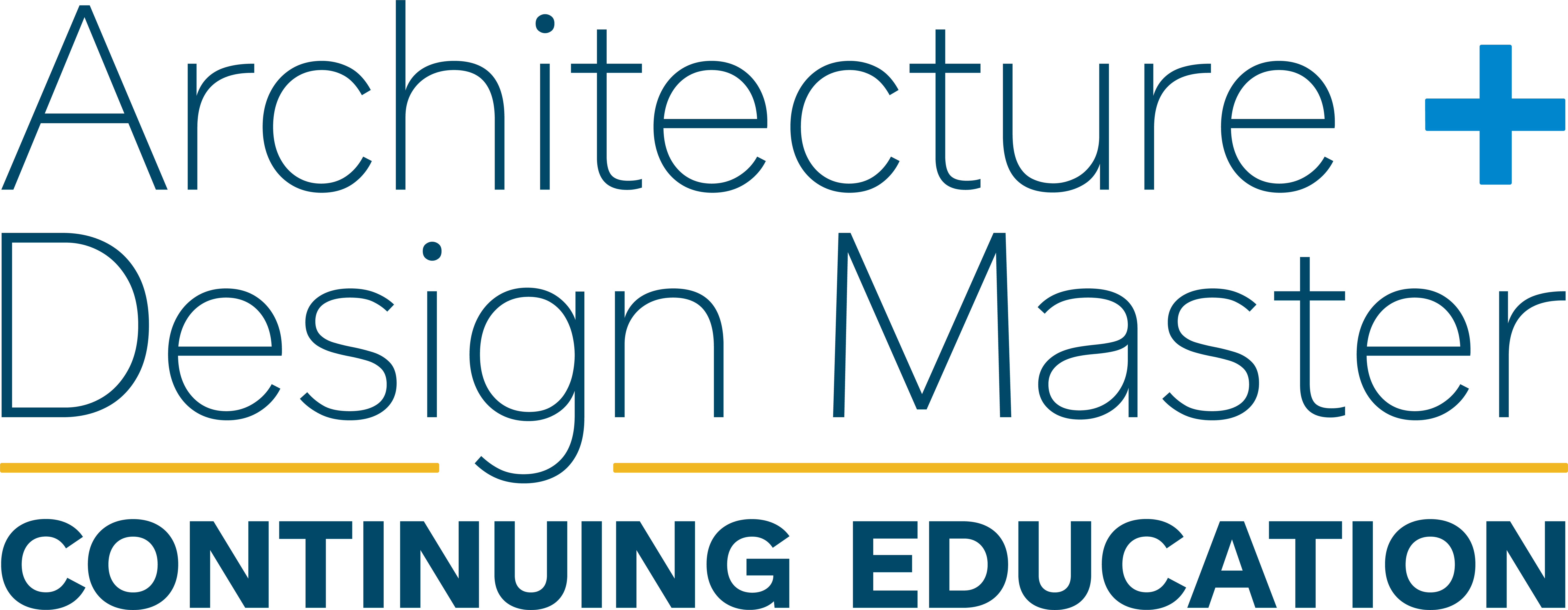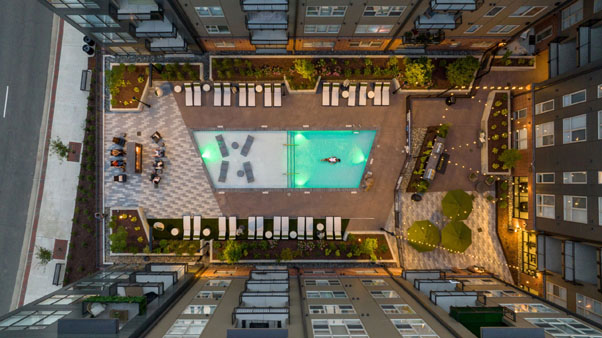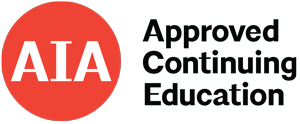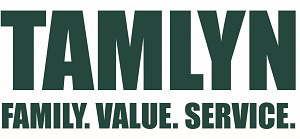By Robyn M. Feller
If the last decade felt like a race to outdo competitors with flashy amenities, today’s reality is more nuanced—and more regional. The 2023 BD+C Multifamily Amenities Study confirms that outdoor lounges (86.5%), fire pits/grills (85.4%), and rooftop decks/terraces (77.1%) remain near-universal, even in cold climates. The same survey shows in-unit washer/dryers at 90.6%—still the strongest in-unit expectation across projects. Together, these findings underscore that while trends shift, the fundamentals still carry the most weight.
The broader takeaways highlight just how much the industry has evolved since the height of the “amenities war.” Multifamily developers and their AEC partners continue to innovate, tailoring amenities to diverse tenant groups—including condominium residents, students in academic housing, and seniors in living communities. Much of this innovation responds directly to challenges accelerated by the COVID-19 pandemic, with fresh ideas and bold approaches.
At the same time, the study reinforces that after location and price, the right amenity mix remains one of the most powerful selling points for both new and renovated multifamily housing. Features like interactive fitness services and dog exercise stations are increasingly common, adding new layers of complexity for design teams as they balance cost, value, and long-term use.
This course draws on that survey data along with insights from architects, engineers, and contractors across leading firms in the multifamily sector. These findings show that while amenities continue to evolve, the strongest programs balance novelty with fundamentals, anchoring design strategies in features residents consistently use and value.
Learning Objectives
After reading this article, you should be able to:
- Differentiate between high-value, daily-use amenities and high-cost features with limited ROI.
- Analyze how demographics, climate, and local policy shape amenity programming.
- Identify strategies for integrating wellness, sustainability, and resilience into amenity planning.
- Apply persona-based and community-driven approaches to determine the right amenity mix.
- Evaluate case studies that demonstrate how thoughtful design and branding influence leasing, retention, and resident satisfaction.
About the Author
Robyn M. Feller is a writer and editor specializing in architecture, design, and construction, with a focus on developing continuing education content for industry professionals. With extensive experience crafting insightful articles and technical features, she brings a deep understanding of innovative building strategies, sustainability trends, and real-world project practices to her work.
Image credit: The Ramsey, Durham, N.C. Photography by Tzu Chen Photography. Courtesy of Cline Design Associates.








